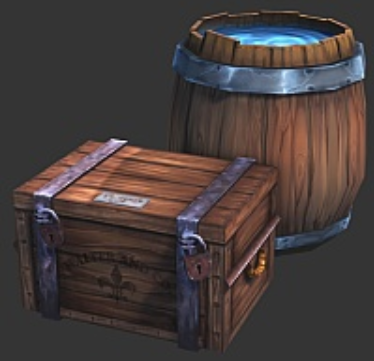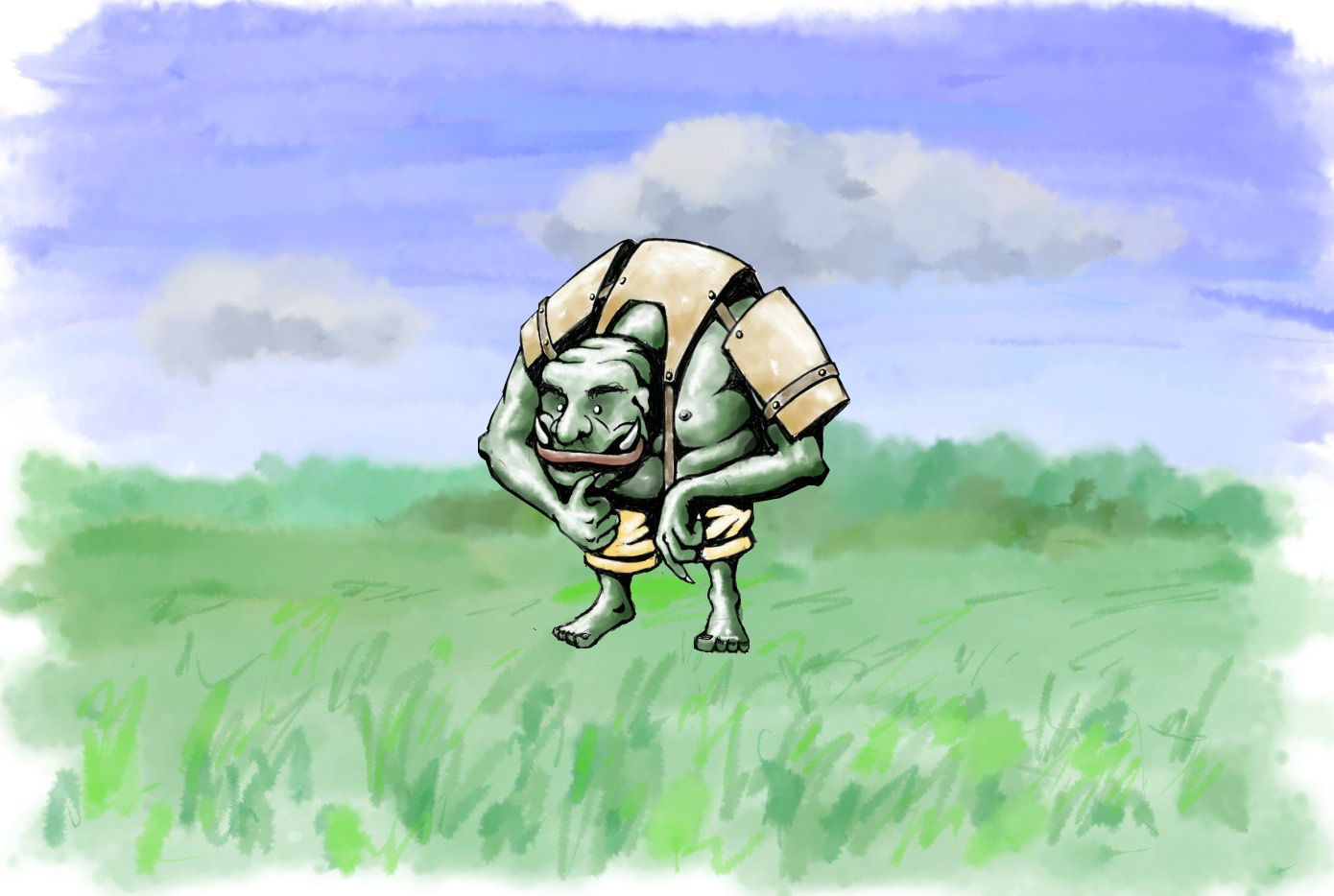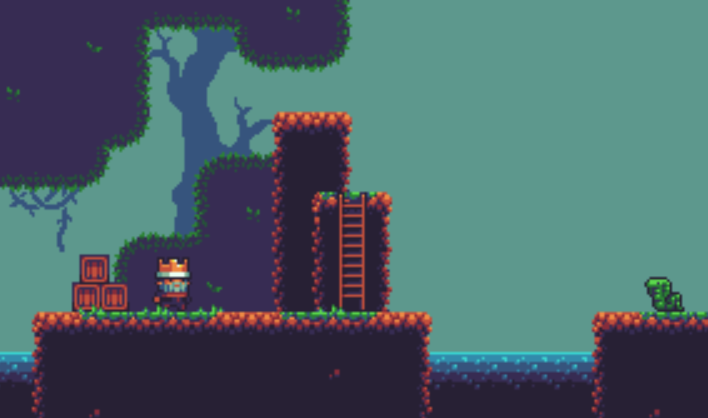Whenever we talk about game aesthetics, we need to keep in mind that they are considered to be the way we perceive beauty. Of course, we can relate this to video games, because, as players, we are involved in a continuous sense interaction with the game we are playing, not only visual, but auditory and experiencing sensations.
Since the wave of indie games started, aesthetics have become a critical feature for some gamers. They would prefer to play an art-focused video game, rather than playing a mainstream sport or First Person Shooter (FPS) game. This type of player likes to be part of an experience, to enter a musical world that takes them through different feelings, or encounter situations in which the level design and our game mechanics make them perceive sensations. If we like this type of gaming experience and we haven't played Journey, drop this book, buy the game, and play it. We won't get a better example of game aesthetics than that masterpiece.
This can be achieved through music, character shapes, environment shapes, character body expressions, game mechanics, level design, art style, and with the use of color. Each and every one of these pieces must be in perfect balance in an artistic congruence. We can also create artistic incongruence, if we want to make the player feel like something is wrong.
Since I have been talking long enough about level design, game mechanics, and environments, I would like to delve deeper into some art styles.






